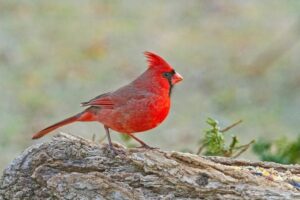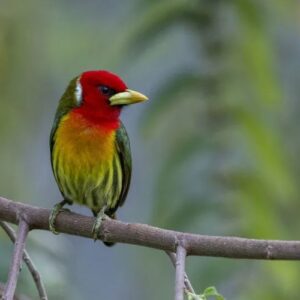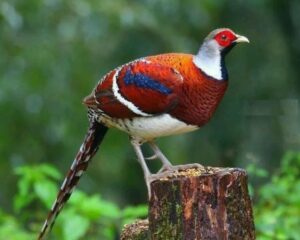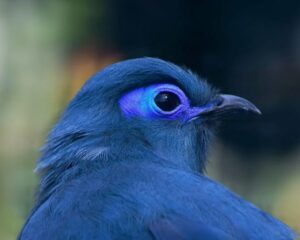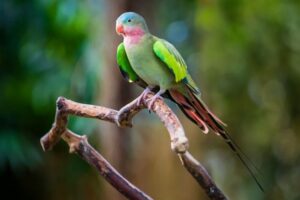The Chestnut-mandibled Toucan, also known as the Swainson’s Toucan, is a breathtaking bird native to the tropical rainforests of Central and South America. Its striking appearance and fascinating behaviors make it a true gem of the avian world.
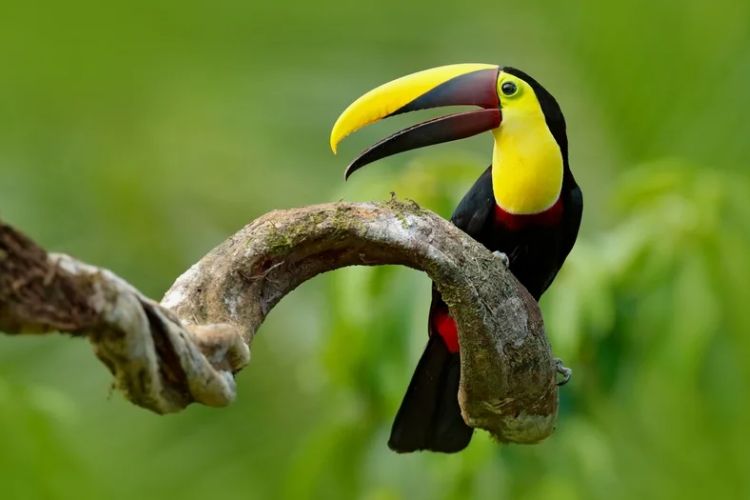
A Splendid Palette of Colors
This toucan is instantly recognizable by its large, vividly colored bill, which can reach up to 20 cm (8 inches) in length. The bill is a vibrant mix of yellow and chestnut brown, creating a stunning contrast with its black body. The bird’s chest and throat are adorned with bright yellow feathers, while a patch of white and a splash of red on the lower belly add to its vivid appearance. Its eyes, encircled by a striking blue skin, gleam with curiosity and intelligence.
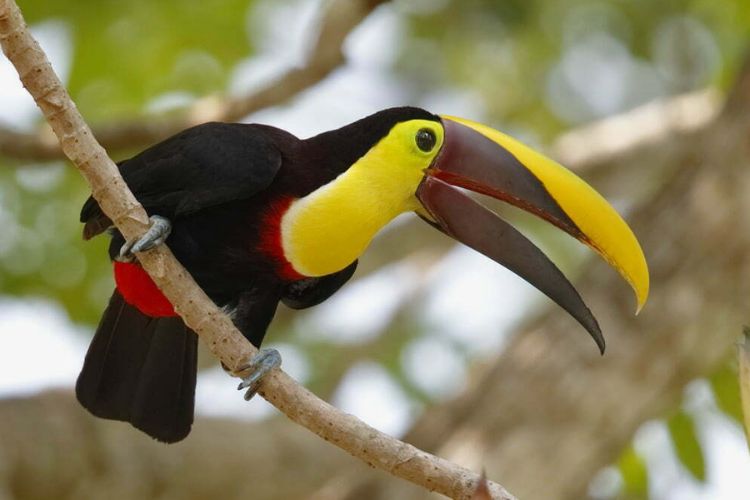
Habitat and Distribution
Chestnut-mandibled Toucans thrive in the lush, dense canopies of tropical rainforests, ranging from eastern Honduras through northern Colombia to western Ecuador. They are primarily arboreal, seldom descending to the ground, and are most often seen hopping from branch to branch in search of food.
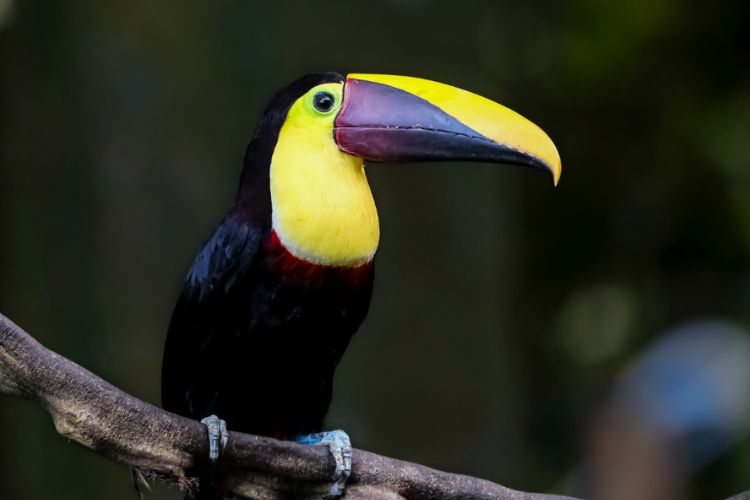
Feeding Habits
These toucans have a diverse diet that includes fruits, insects, and small vertebrates. Their long bills are not just for show; they use them skillfully to reach for fruits on branches that might be too delicate to support their weight. Additionally, they occasionally consume eggs and nestlings of other birds, showcasing their opportunistic feeding behavior.
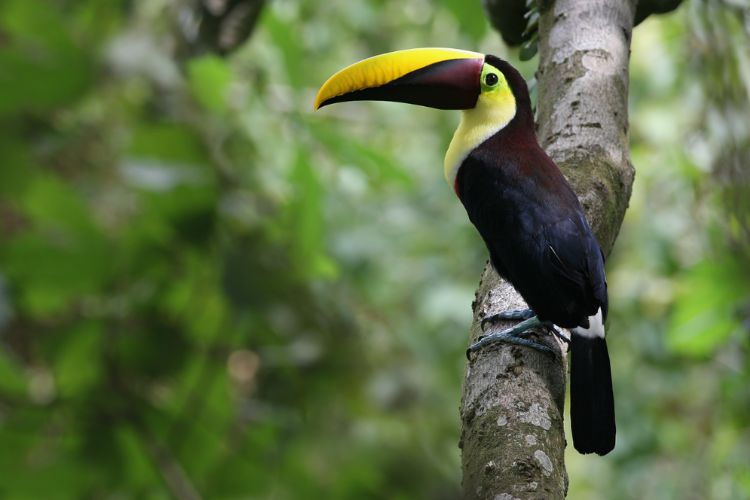
Social Structure and Communication
Chestnut-mandibled Toucans are highly social birds, often seen in pairs or small flocks. They communicate with a variety of sounds, including croaks and yelps that can be heard over considerable distances. Their calls are not only a means of maintaining contact within the dense foliage but also serve to establish territory and social hierarchy.

Nesting and Reproduction
During the breeding season, these toucans nest in tree cavities, often using abandoned woodpecker holes. Both parents share the responsibilities of incubating the eggs and feeding the chicks. The young are born naked and blind, relying entirely on their parents for warmth and nourishment until they develop their characteristic plumage and are ready to explore the canopy.
Conservation Status
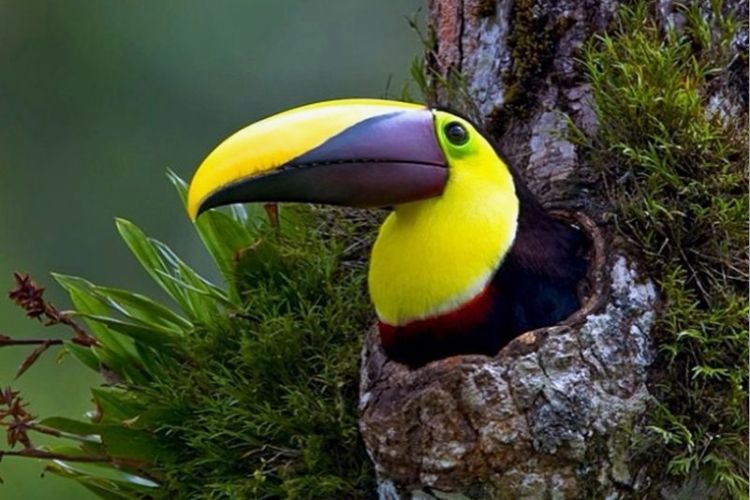
While not currently listed as endangered, the Chestnut-mandibled Toucan faces threats from habitat loss due to deforestation and human encroachment. Conservation efforts are crucial to ensure that these magnificent birds continue to thrive in their natural habitats.
The Chestnut-mandibled Toucan is a true testament to the wonders of biodiversity, captivating anyone lucky enough to encounter its beauty and charm. Protecting their rainforest homes ensures that future generations can continue to marvel at these incredible creatures.
thenewsday
